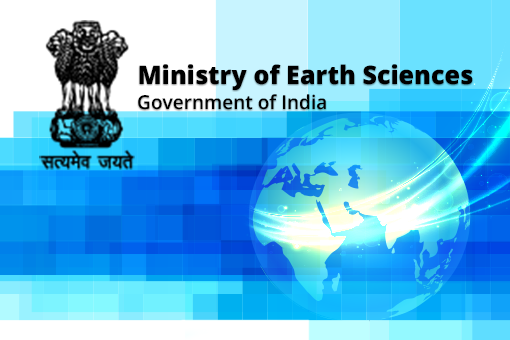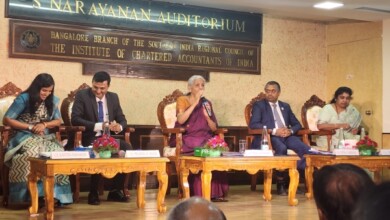Studies show an increase in frequency of severe cyclones over Arabian Sea in recent years- Dr. Harsh Vardhan

Based on the statistics during 1891-2017, on an average 5 cyclones develop over North Indian Ocean in a year with 4 developing over Bay of Bengal and 1 over Arabian Sea. However, in the recent past increase in frequency has been observed in formation of cyclones in the North Indian Ocean. Also studies show an increase in frequency of severe cyclones over Arabian Sea in recent years.
The details of Cyclones formed over North Indian Ocean during 2017 to 2019 follow:
| YEAR | FREQUENCY OF CYCLONES OVER | Total number of cyclones | Intensity with that of Severe City | |
| Arabian Sea | Bay of Bengal | |||
| 2017 | 1 | 2 | 3 | 2 |
| 2018 | 3 | 4 | 7 | 6 |
| 2019 | 5 | 3 | 8 | 6 |
The occurrence of 5 cyclones over Arabian Sea in 2019 against the normal of 1 per year equalsthepreviousrecordof1902forthehighestannualcyclonefrequency overArabian Sea. Also 2019 witnessed development of more intense cyclones over ArabianSea.
Regarding floods, it is mentioned that, the country has witnessed intense to very intense rainfall activity leading to flood scenario in the recent past. The number of stations reported Very Heavy and Extreme Heavy rainfall in the last three years, from 2017 to 2019, follow:
|
YEAR | Number of stations reported during SW Monsoon season (June to September) | |
| Very Heavy Rainfall (115.6-204.4 mm) | Extremely Heavy Rainfall (204.5 mm or more) | |
| 2017 | 1824 | 261 |
| 2018 | 2181 | 321 |
| 2019 | 3056 | 554 |
India Meteorological Department (IMD) uses a suite of quality observations from satellites, radars and conventional & automatic weather stations for monitoring of cyclones and prediction of severe weather. lt includes INSAT 3D, 3DR and SCATSAT satellites, Doppler Weather Radars (DWRs) along the coast and Automated Weather Stations (AWS), Automatic Rain Gauges (ARGs), meteorological buoys over the Oceans andships.Operationalimplementationofimprovedsuiteofweatherpredictionmodelshas enhanced the weather forecasting capability through assimilation of all available global data for the generation of forecast products at 12 km grid globally and 3 km grid over India/regional/mega citydomains.
This information was given by Minister of Science & Technology, Earth Sciences and Health & Family Welfare, Dr. Harsh Vardhan in a written reply to a question in the Rajya Sabha today.




